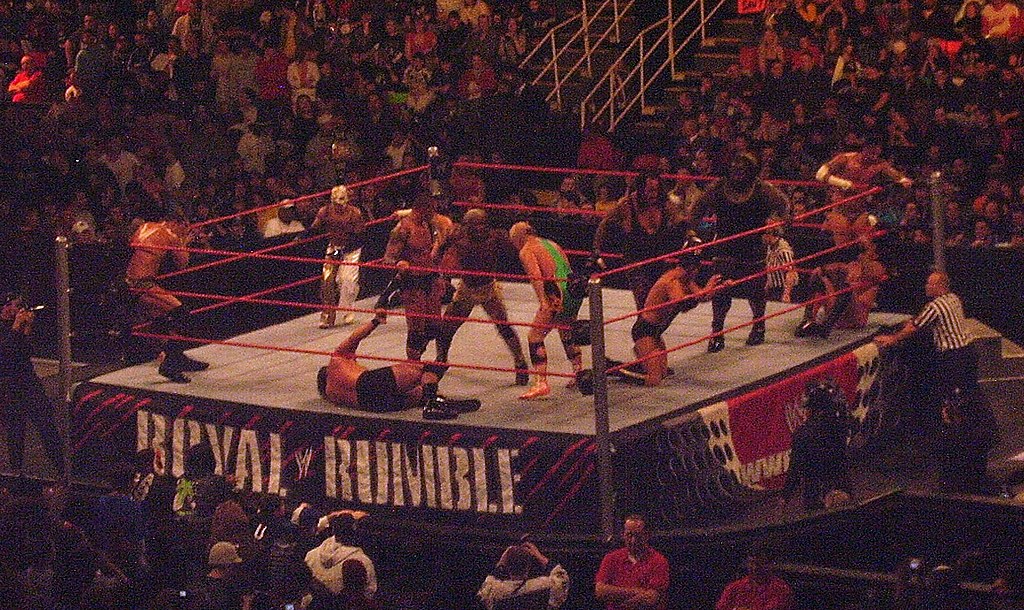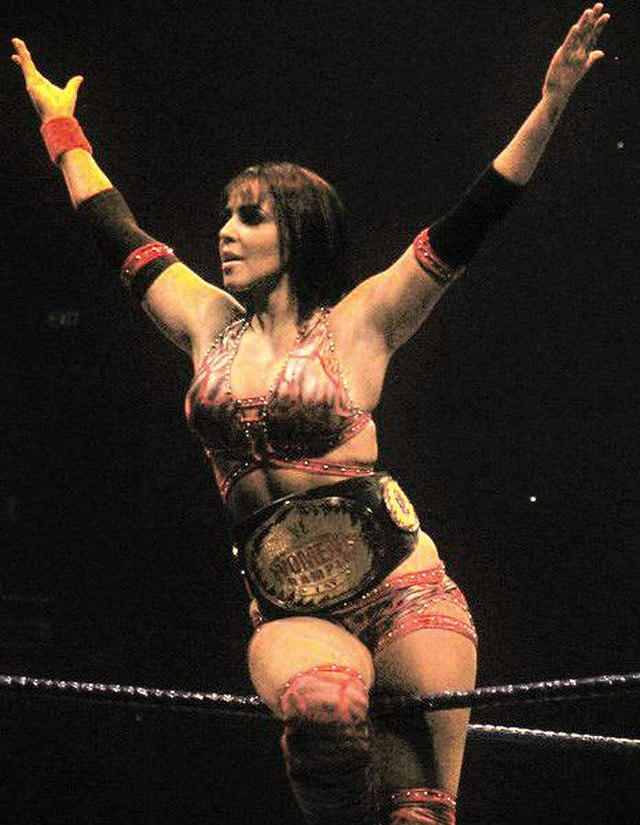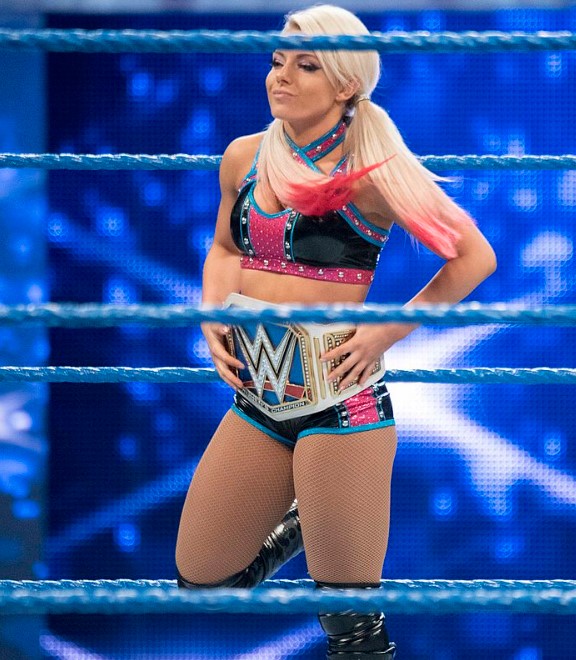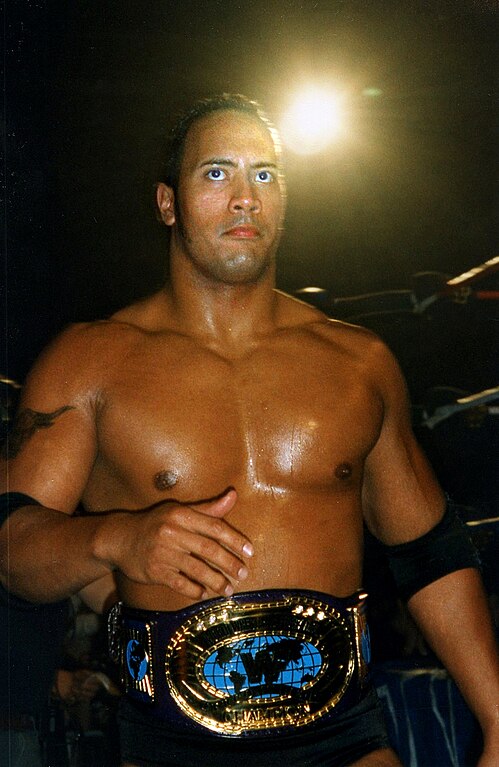
The Founding of Capitol Wrestling Corporation
The World Wrestling Entertainment (WWE), known today as the largest professional wrestling promotion in the world, has a rich and evolving history.
The origins of WWE trace back to 1953 with the founding of the Capitol Wrestling Corporation (CWC). There’s some ambiguity regarding the founders, with both Vincent J. McMahon and his father, Jess McMahon, being potential candidates.
Initially established as the Capitol Wrestling Corporation (CWC), the organization underwent several name changes, becoming the World Wide Wrestling Federation (WWWF) in 1963, the World Wrestling Federation (WWF) in 1979, and eventually the World Wrestling Entertainment (WWE) in 2002. It has since 2011 branded itself solely as WWE.
Formation of the World Wide Wrestling Federation
The 1980s ushered in the WWF’s Golden Era under the leadership of Vincent K. McMahon, who transformed the regional wrestling promotion into a national powerhouse. This period saw the rise of iconic figures like Hulk Hogan, Andre the Giant, and Randy Savage. These larger-than-life characters brought an unprecedented level of charisma and athleticism to the ring, transforming wrestling into a mainstream entertainment form.
WrestleMania: The Grand Stage
No discussion of WWE’s history is complete without mentioning WrestleMania. Launched in 1985, WrestleMania was a gamble that paid off massively, setting new standards for wrestling events. It wasn’t just a wrestling match; it was a cultural phenomenon, featuring celebrities and garnering massive media attention.

WrestleMania, often hailed as the “Super Bowl” of professional wrestling, is an annual event that has become synonymous with the World Wrestling Entertainment (WWE) brand.
It’s more than just a wrestling event; it’s a cultural phenomenon that has captivated audiences worldwide since its inception in 1985.
Beyond the spectacle, WrestleMania has a significant economic impact on its host cities. It draws tens of thousands of fans from around the world, contributing to local economies through hotel stays, dining, and tourism. This aspect has made WrestleMania a coveted event for cities across the United States and beyond.
WrestleMania I
The journey began on March 31, 1985, at Madison Square Garden in New York City. WrestleMania I was not just a wrestling event; it was a grand experiment in sports entertainment. Vince McMahon, WWE’s visionary leader, envisioned an event that would blend wrestling with celebrity culture. It featured stars like Hulk Hogan and Mr. T and drew attention from mainstream media, setting the stage for WrestleMania to become an annual extravaganza.
Iconic Matches and Moments
Each WrestleMania has its share of unforgettable moments and matches that have gone down in history. From Hulk Hogan’s body slam of Andre the Giant at WrestleMania III to the “End of an Era” match between The Undertaker and Triple H at WrestleMania XXVIII, these moments are etched in the memories of fans. WrestleMania has always been about showcasing the best of WWE, with epic storylines reaching their climax and new chapters beginning.
One of the most compelling narratives in WrestleMania history was The Undertaker’s undefeated streak. From WrestleMania VII in 1991 to WrestleMania 30 in 2014, The Undertaker won 21 consecutive matches at WrestleMania, creating an almost mythical aura around his character. The streak became a central storyline each year, adding an extra layer of drama and anticipation to the event.
WrestleMania Goes Global
In recent years, WrestleMania’s reach has extended globally, thanks in part to the WWE Network and digital streaming. Fans from around the world can now experience the excitement live, making WrestleMania a truly global event. This international appeal has only added to the event’s stature and significance in the world of sports entertainment.
As WWE continues to evolve, so does WrestleMania. It remains the pinnacle of the wrestling calendar, a showcase of talent, storytelling, and spectacle. As new stars rise and technology changes how we consume entertainment, WrestleMania is poised to continue its legacy as a landmark event in sports entertainment.
The Royal Rumble

Since its inception in 1988, the Royal Rumble has been celebrated for its unpredictability and has often been a launchpad for emerging WWE superstars, making it a critical event in the wrestling calendar.
It is famed for its main event: the Royal Rumble match, a battle royal where participants enter at timed intervals. The match typically features 30 wrestlers and the objective is to eliminate opponents by tossing them over the top rope, with both feet touching the floor. The winner of the Royal Rumble earns a championship match at WrestleMania, WWE’s flagship event.
the late 1990s and early 2000s witnessed a change, albeit gradual. This era, known for its “Diva” branding, featured women who were both wrestlers and mainstream personalities. Stars like Trish Stratus, Lita, and Chyna broke barriers; they were involved in more prominent storylines and showcased their in-ring capabilities, challenging the traditional perceptions of women in wrestling. Despite this progress, the term “Diva” often connoted a focus on appearance over athleticism.
Women in WWE
The company’s global footprint expanded, with programming like Raw and SmackDown being broadcast in over 150 countries. WWE also continued its tradition of hosting major pay-per-view events, including WrestleMania, which remains a staple in sports entertainment.
In the 21st century, WWE has continued to adapt and grow. The rebranding to World Wrestling Entertainment (WWE) in 2002 marked the start of a new era. This period has been characterized by technological advancements, global expansion, and diversification in programming. In 2014, WWE launched its own 24/7 streaming network, a significant move in digital content distribution, showcasing its extensive video library and live events.


The “Diva” era
The late 1990s and early 2000s witnessed a change, albeit gradual. This era, known for its “Diva” branding, featured women who were both wrestlers and mainstream personalities. Stars like Trish Stratus, Lita, and Chyna broke barriers; they were involved in more prominent storylines and showcased their in-ring capabilities, challenging the traditional perceptions of women in wrestling. Despite this progress, the term “Diva” often connoted a focus on appearance over athleticism.
The real transformative period for women in WWE began around 2015, often referred to as the “Women’s Revolution.” This movement saw a significant shift in how female wrestlers were presented: no longer as Divas, but as Superstars on par with the men. This era emphasized athletic ability, wrestling skills, and character development.
Leading figures like Charlotte Flair, Becky Lynch, Sasha Banks, and Bayley played pivotal roles in this transition. They headlined major events, including WrestleMania, and participated in matches previously exclusive to men, such as the Hell in a Cell, Royal Rumble, and Elimination Chamber matches. The Women’s Revolution marked a new era in WWE, where women’s wrestling received equal billing and respect, mirroring broader societal changes in the perception and representation of women in sports and entertainment.


Modern Era and Beyond
In the 21st century, WWE has continued to adapt and grow. The rebranding to World Wrestling Entertainment (WWE) in 2002 marked the start of a new era. This period has been characterized by technological advancements, global expansion, and diversification in programming. In 2014, WWE launched its own 24/7 streaming network, a significant move in digital content distribution, showcasing its extensive video library and live events.
The company’s global footprint expanded, with programming like Raw and SmackDown being broadcast in over 150 countries. WWE also continued its tradition of hosting major pay-per-view events, including WrestleMania, which remains a staple in sports entertainment.
Kurt Angle won a gold medal in wrestling at the Olympics, in 1996 Summer Olympics in the heavyweight (90-100 kg) division, despite competing with a broken neck. He won the gold medal by defeating the Iranian wrestler Abbas Jadidi by officials’ decision after the competitors wrestled to an eight-minute, one-one draw. Kurt Angle is a 1996 Olympic champion, 1995 world champion, and six-time U.S. national champion freestyle wrestler.
Recent changes in WWE
In a major corporate development, in 2023, Endeavor, the parent company of the Ultimate Fighting Championship (UFC), acquired WWE. Despite the change in ownership, WWE and UFC have continued to operate as separate entities, each focusing on their respective sports – professional wrestling and mixed martial arts.
As we look to the future, one thing is certain: the WWE universe will continue to grow, innovate, and entertain. Whether you’re a long-time fan or a newcomer to the world of wrestling, WWE’s journey is an exhilarating one, filled with twists, turns, and, of course, body slams.